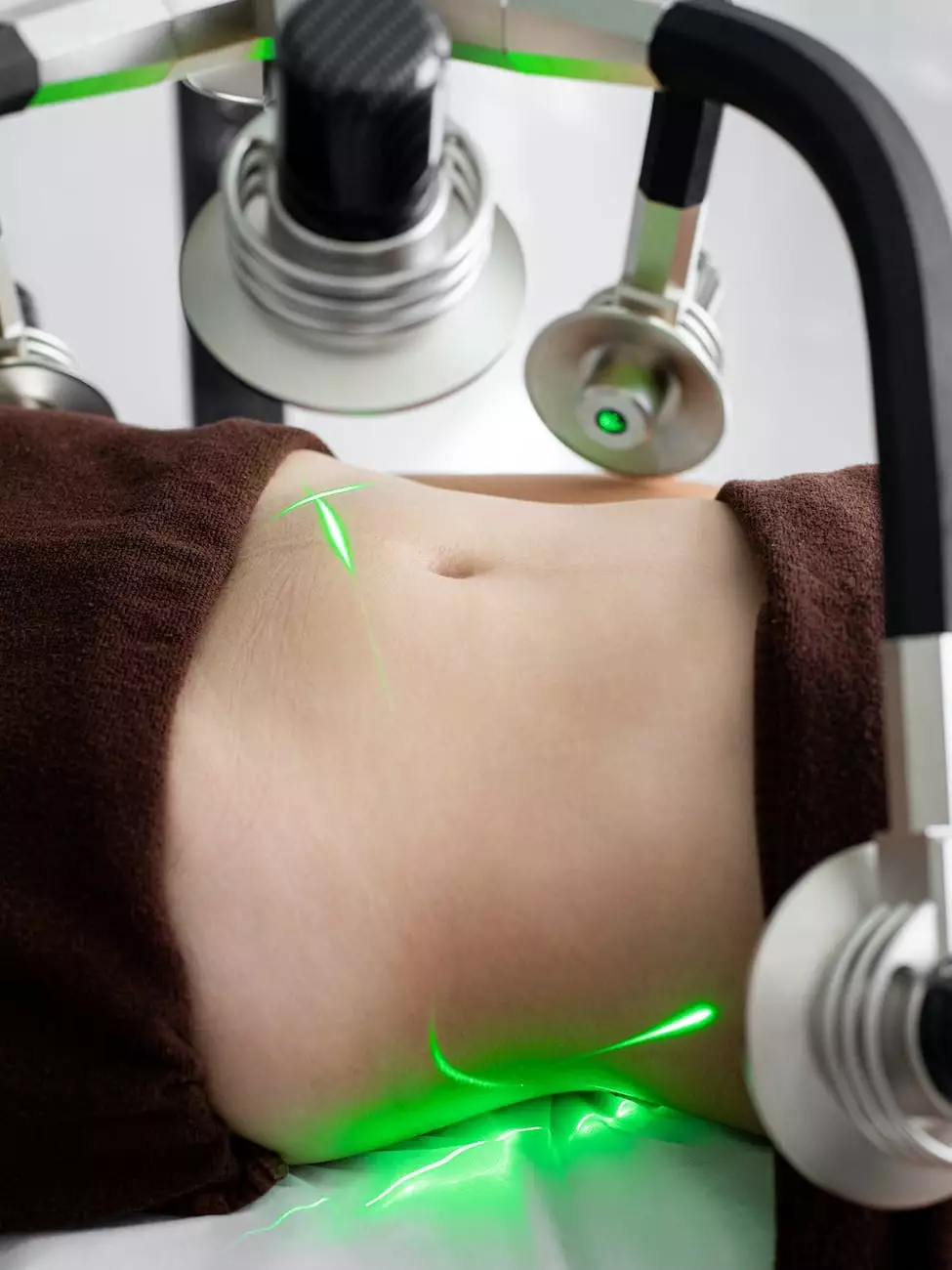Identifying and Preventing Heat-Related Illnesses
Health
Welcome to the comprehensive guide on identifying and preventing heat-related illnesses, brought to you by Kelley Tim PA-C, your trusted source for expert healthcare information in the field of Health. With years of experience and a deep understanding of the subject, we aim to provide you with valuable insights to help you stay safe and healthy during hot weather conditions.
The Importance of Heat Awareness and Prevention
Understanding how to identify and prevent heat-related illnesses is of utmost importance, as prolonged exposure to high temperatures can have serious consequences on your health. With rising global temperatures and more frequent heatwaves, it is crucial to equip yourself with the knowledge needed to protect yourself and your loved ones.
Types of Heat-Related Illnesses
Heat-related illnesses encompass a range of conditions that occur when the body's natural cooling mechanisms become overwhelmed by heat. Here are the most common types of heat-related illnesses:
1. Heat Exhaustion
Heat exhaustion is a condition that typically occurs after prolonged exposure to high temperatures and inadequate hydration. Symptoms may include heavy sweating, dizziness, nausea, headache, and muscle cramps. If not promptly addressed, heat exhaustion can progress to heatstroke, a life-threatening condition.
2. Heatstroke
Heatstroke is a severe condition characterized by a dangerously high body temperature (above 103°F or 39.4°C) and requires immediate medical attention. It can cause confusion, seizures, loss of consciousness, and even organ failure. Heatstroke is a medical emergency and should be treated as such.
3. Heat Cramps
Heat cramps are painful muscle cramps that typically occur during intense physical activity in high temperatures. They are often caused by an electrolyte imbalance due to excessive sweating. Ensuring proper hydration and replenishing electrolytes can help prevent heat cramps.
4. Heat Syncope
Heat syncope refers to fainting or lightheadedness that may occur due to prolonged standing or sudden changes in body position in a hot environment. It is important to rest in a cooler area, hydrate adequately, and avoid sudden movements to prevent heat syncope.
5. Heat Rash
Heat rash, also known as prickly heat, is a skin condition characterized by small, itchy red bumps that develop as a result of blocked sweat ducts. Keeping the affected area cool and dry can help alleviate symptoms and prevent further irritation.
Identifying the Signs and Symptoms
Recognizing the signs and symptoms of heat-related illnesses is crucial for timely intervention and prevention of complications. Here are some common indicators to watch out for:
1. Excessive Sweating
Heavy or excessive sweating, especially without adequate cooling or hydration, can be a sign of potential heat-related illnesses. Monitor your body's response to heat and ensure regular fluid intake.
2. Fatigue and Weakness
If you experience extreme tiredness, weakness, or difficulty in performing everyday tasks during hot weather, it could be a sign of heat exhaustion. Take prompt action and seek shade or cooler environments.
3. Nausea and Dizziness
Feeling nauseous, lightheaded, or dizzy can indicate heat-related issues. It is important to rest, hydrate, and avoid direct sun exposure, especially during peak heat hours.
4. Increased Heart Rate
Higher than usual heart rate, even at rest, can be a sign of heat stress. Ensure regular monitoring, especially during physically demanding activities in a hot environment.
5. Confusion or Disorientation
Mental confusion, disorientation, or difficulty in concentrating can be a symptom of advanced heat-related illnesses. Promptly seek medical attention if these symptoms arise.
Tips for Preventing Heat-Related Illnesses
Prevention is key when it comes to heat-related illnesses. By following these tips, you can reduce your risk and enjoy the summer months safely:
1. Stay Hydrated
Drink plenty of fluids, especially water, to stay hydrated throughout the day. Avoid excessive intake of caffeine or alcohol, as they can contribute to dehydration. Carry a water bottle with you and sip water frequently.
2. Seek Shade and Cool Environments
Avoid prolonged exposure to direct sunlight during peak heat hours, usually between 10 am and 4 pm. Seek shade or spend time in air-conditioned or well-ventilated spaces to minimize heat-related risks.
3. Wear Appropriate Clothing
Choose lightweight, loose-fitting, and light-colored clothing that allows airflow and helps in sweat evaporation. Use a wide-brimmed hat and sunglasses to protect your head and eyes from the sun's rays.
4. Take Frequent Breaks
If you are engaged in outdoor activities or work, take regular breaks in shaded areas. Use this time to rest, hydrate, and cool down your body. Avoid overexertion in hot conditions.
5. Use Sunscreen
Apply broad-spectrum sunscreen with a high SPF before going outdoors. Reapply as directed to protect your skin from harmful UV radiation and prevent sunburn, which can contribute to heat-related complications.
6. Stay Informed
Keep track of weather forecasts and heatwave alerts in your area. Stay informed about the potential risks associated with the heat and adjust your plans accordingly. Stay connected with local health authorities for expert guidance.
By following these preventive measures and staying mindful of the early signs and symptoms of heat-related illnesses, you can protect yourself and your loved ones from potential harm. Prioritize your health and well-being during hot weather conditions, and remember, prevention is always better than cure!
Stay tuned for more informative content from Kelley Tim PA-C, your reliable source for all things related to health and wellness.




